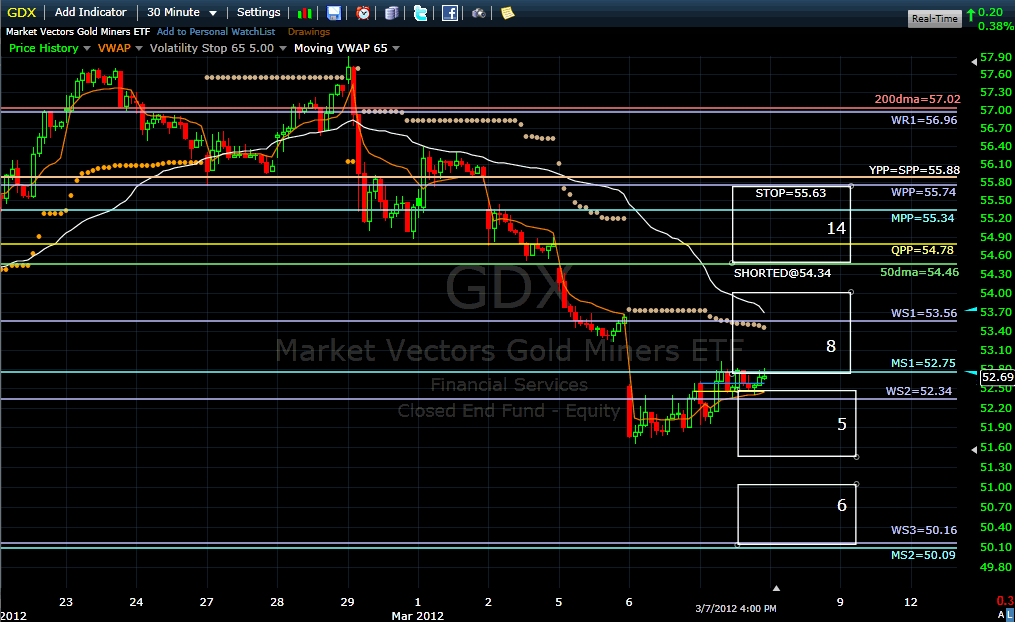
Originally Posted by
shawn_molodow

Hi Pascal & Billy,
We know that volume and Institutional activity is almost always highest at the end of the day, but I was hoping you guys could share your thoughts on the topic b/c it seems so high...
I would love to hear your thoughts on the subject, but here are some Q and practice points I have:
* In the last minutes, the volume is typically highest, but price progression can be pretty small, and the RT MF shows significant changes by as much as 1/2 ATR (i.e. +0.1%) in the last 5-min (sometimes even the last 2 or 3 minutes). This is reported sometimes as late as 16:04 PM. I assume when the values are volatile (spiking up and down) that this primarily due to time disparity between the various exchanges reporting their data, i.e. inherent to the data feed. But, I am mainly talking about when we don't see large spikes in both directions, but a clear directional change in the last few minutes.
* IB quotes on are still at good bid/ask spreads on IWM within several minutes of the close (say <16:05 or so), so I consider this to be an advantage to me to trade after the close (AH) and I can see how the RT MF and price close for the day. For example, on Th, Mar 8, I did not exit my short position... b/c I was waiting to see how RT MF closed (w/n 0.1% porosity), and I saw the price w/n the 0.2% of the porosity of QR1 (80.45), and I knew I could trade after-hours. Note, the leveraged ETFs spreads are poor immediately after close and I see trading them AH's as being unfair.
* there seem to be discontinuity in the RT MF from close to open (the red pins mark these points)- I thought there were some techniques to minimize this, e.g. disregarding the first min, etc. Anyway, what do these discontinuities mean?
Thanks,
Shawn





 Reply With Quote
Reply With Quote

